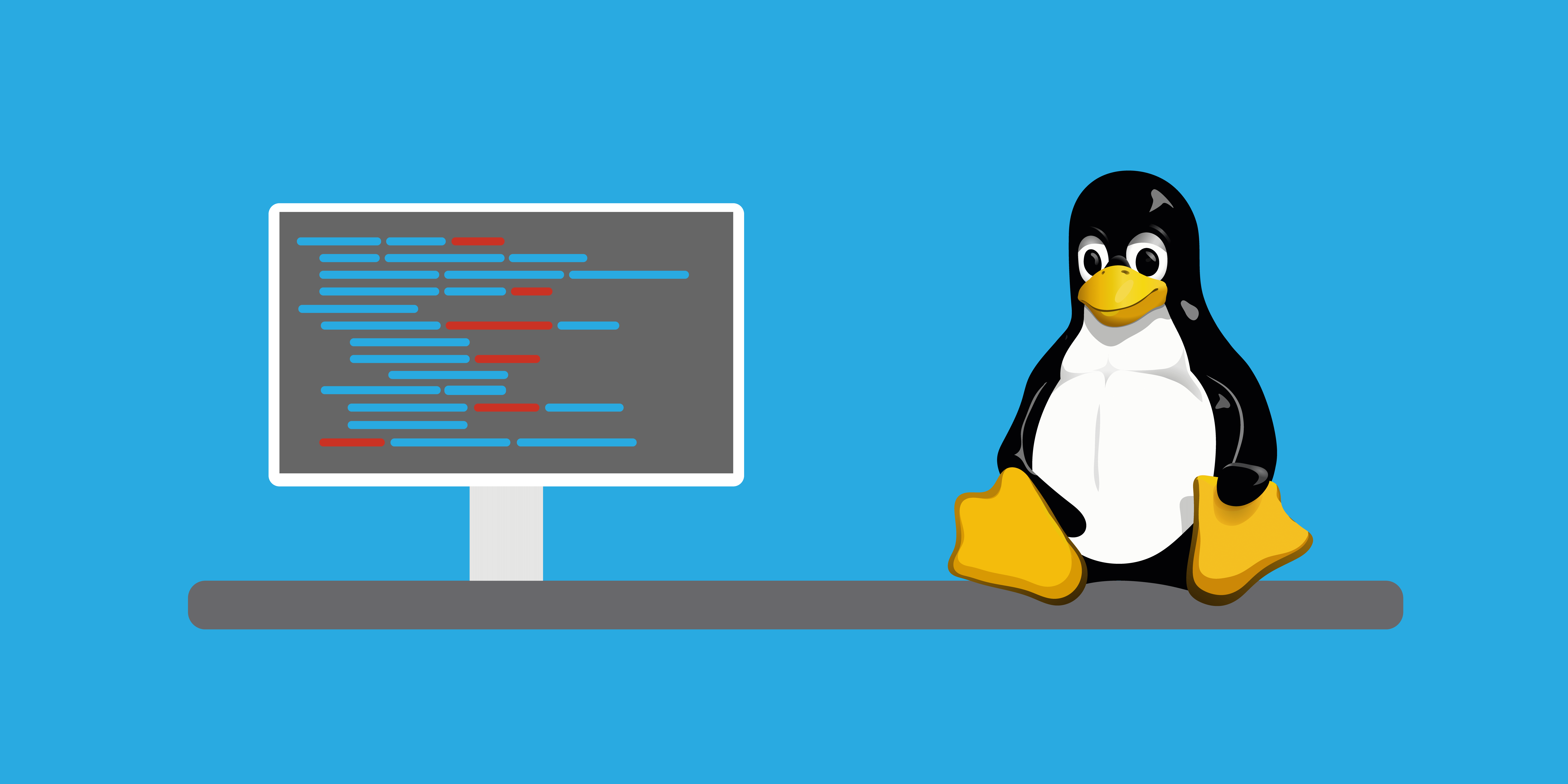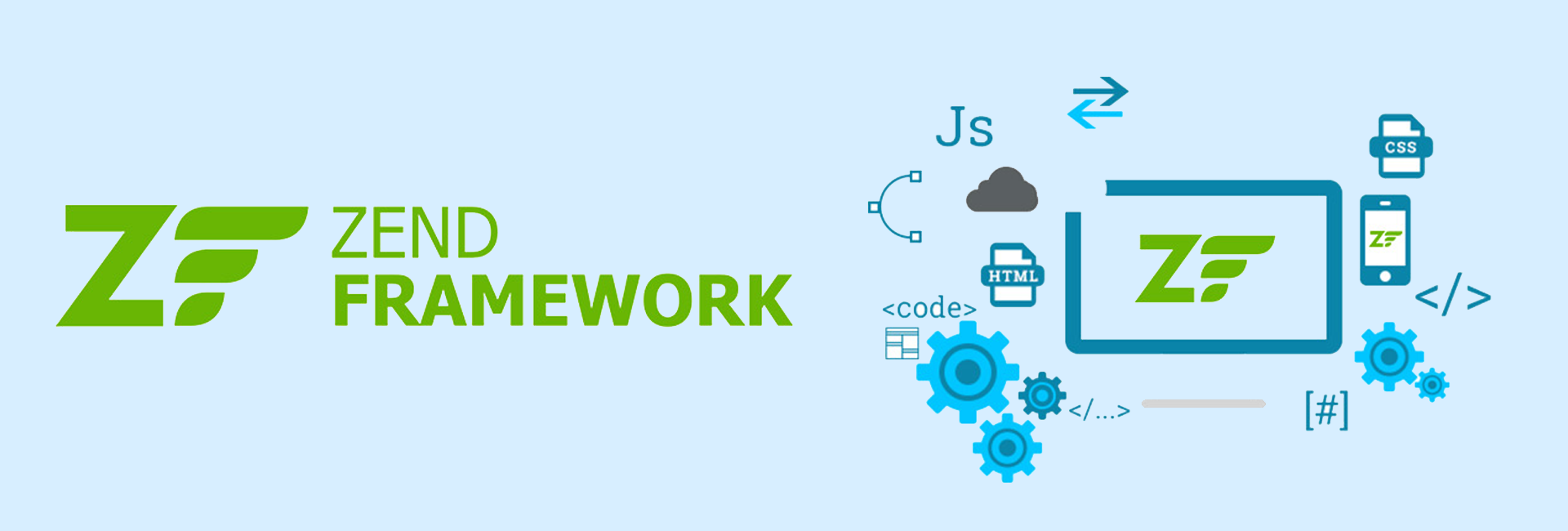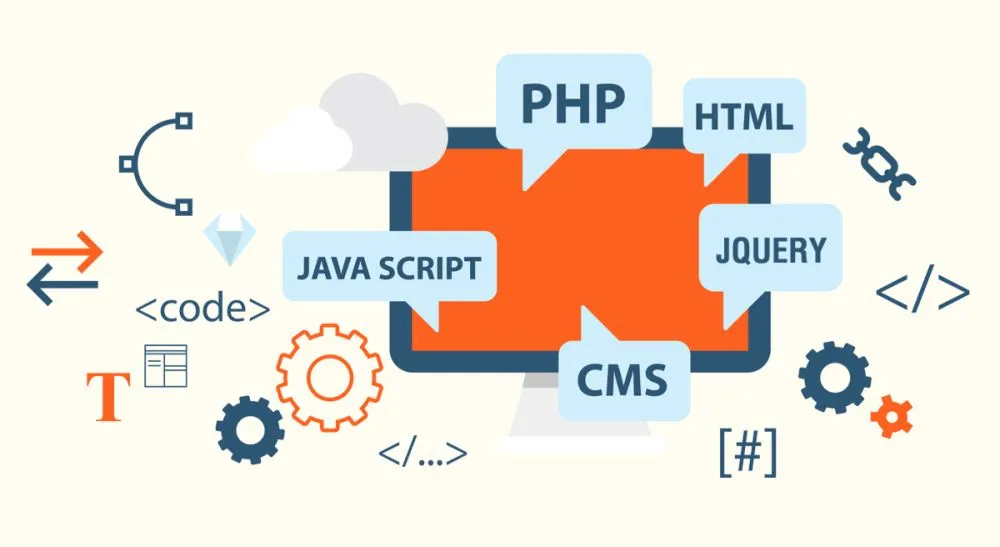How to check if an email address exists without sending an email?
We have all been doing email address validation for a very long time to make sure that the email is correctly formatted. This is to avoid users entering wrongly formatted email address but still they can accidentally give us a wrong email address.
Read More →










